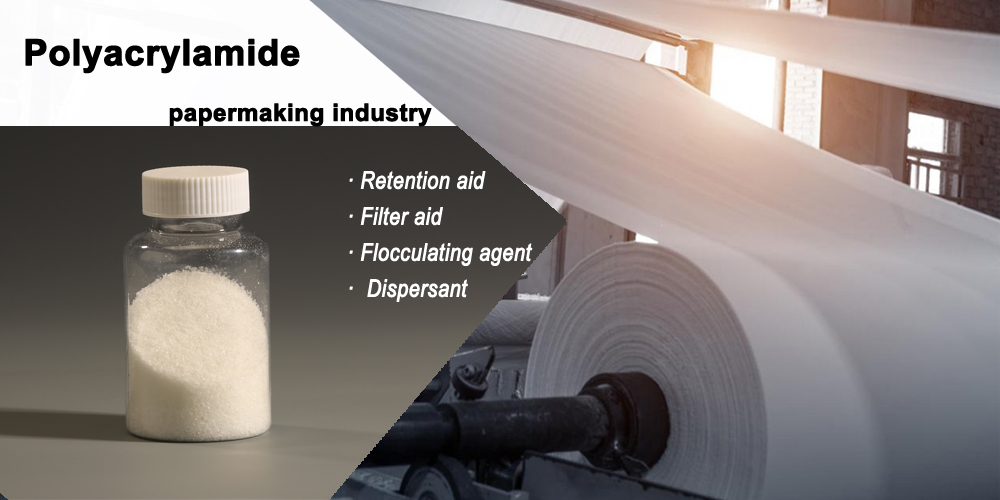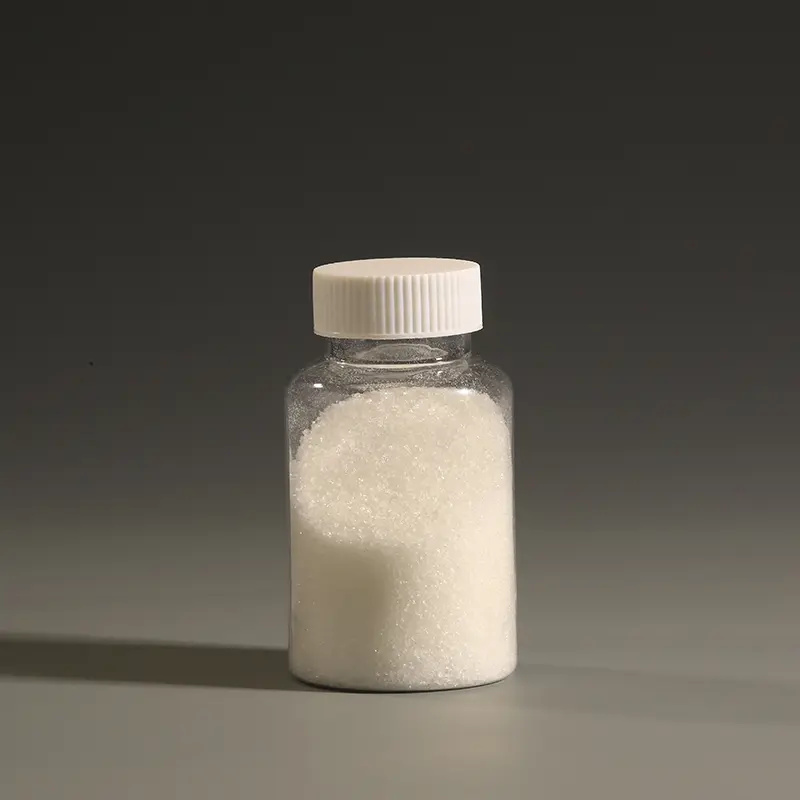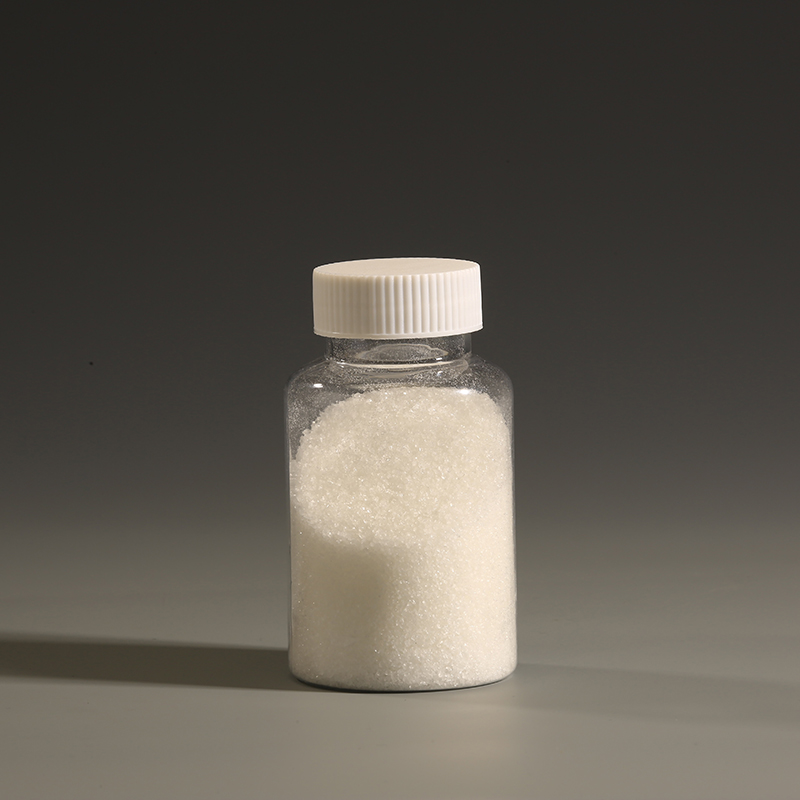Poliakrilamidoestas vaste uzata aldonaĵo en la paperindustrio. Poliakrilamido (PAM), kiel akvosolvebla polimero, havas bonegajn flokuliĝon, dikiĝon, dispersiĝon kaj aliajn ecojn. Ĝi estos aplikata al pluraj malsamaj procezoj kun malsamaj funkcioj. En la paperfarada industrio, PAM ludas nemalhaveblan rolon. Ĝi alportis signifajn ekonomiajn avantaĝojn al la paperfarada industrio plibonigante la ecojn de pulpo kaj pliigante la funkcian efikecon de papermaŝinoj. Ĉi tiu artikolo detale diskutos la aplikon de poliakrilamido en paperproduktado kaj ĝian efikon al plibonigo de produktada efikeco.
Bazaj ecoj kaj funkcioj de poliakrilamido
Poliakrilamido estas altmolekula polimero, kiu povas esti dividita en nejonajn, anjonajn, katjonajn kaj amfoterajn tipojn laŭ siaj ŝargaj proprecoj. Kiam PAM dissolviĝas en akvo, ĝia longĉena molekula strukturo ebligas al ĝi havi bonegajn funkciojn kiel flokiĝo, dikiĝo, retenhelpo kaj filtradhelpo. En la paperindustrio, poliakrilamido estas ĉefe uzata en la jenaj aspektoj:
1. Retenhelpo:
PAM-molekuloj havas longan ĉenan strukturon kaj povas esti adsorbitaj sur la surfaco de fibroj kaj plenigaĵoj por formi pontojn. Tiel plibonigante la retenrapidecon de plenigaĵoj kaj fibroj sur la papera reto. Reduktu fibroperdon en blanka akvo kaj reduktu krudmaterialan perdon. Per pliigo de la retenrapideco de plenigaĵoj kaj fibroj, la fizikaj ecoj de la papero, kiel glateco, printebleco kaj forto, povas esti plibonigitaj.
2. Filtrilo-helpaĵo:
Plibonigu la senakvigan rendimenton de pulpo, akcelu la akvofiltran procezon kaj reduktu energikonsumon.
3. Flokulaĵo:
Akceli ŝliman dehidratiĝon: PAM povas efike flokigi malgrandajn fibrojn, plenigaĵojn kaj aliajn suspenditajn materiojn en pulpo por formi grandajn partiklajn flokaĵojn, akceli ŝliman sedimentadon kaj dehidratiĝon, kaj redukti kostojn de ŝlima traktado.
Plibonigi akvokvaliton: PAM povas efike forigi ŝvebajn solidaĵojn kaj organikan materion en kloakaĵo, redukti BOD kaj COD en kloakaĵo, plibonigi akvokvaliton kaj redukti median poluadon.
4. Dispersanto:
Malhelpi fibran aglomeradon: PAM povas efike malhelpi fibran aglomeradon en pulpo, plibonigi la homogenecon de pulpo kaj plibonigi la kvaliton de papero.
Apliko de poliakrilamido en paperfabrikada teknologio
1. Fazo de pulpa preparo
Dum la pulpprepara procezo, fajnaj fibroj kaj plenigaĵoj facile perdiĝas kun la kloakaĵo, kaŭzante rimedan malŝparon kaj median poluadon. Uzi katjonan poliakrilamido kiel retenhelpon povas efike kapti kaj fiksi malgrandajn fibrojn kaj plenigaĵojn en la pulpo per ŝarga neŭtraligo kaj pontigo. Ĉi tio ne nur reduktas la perdon de fibroj, sed ankaŭ reduktas la ŝarĝon de kloaka purigado.
2. Papermaŝina malseka fina sistemo
En la malseka fina sistemo de papermaŝinoj, rapida dehidratiĝo estas la ŝlosilo por plibonigi produktadan efikecon. Anjona aŭ nejona poliakrilamido povas esti uzata kiel filtrilo por faciligi la eliron de akvo el la fibroreta strukturo plibonigante la flokiĝon inter la fibroj. Ĉi tiu procezo signife mallongigas la dehidratiĝan tempon samtempe reduktante la energikonsumon dum la sekiga fazo.
3. Paperfarada stadio
Kiel dispersilo, poliakrilamido povas efike malhelpi fibro-flokuladon kaj plibonigi la homogenecon kaj surfacan glatecon de la papero. Per zorgema elekto de la molekula pezo kaj ŝarĝdenseco de PAM, la fizikaj ecoj de la preta papero, kiel ekzemple streĉrezisto kaj ŝirrezisto, ankaŭ povas esti optimumigitaj. Krome, poliakrilamido ankaŭ povas plibonigi la tegan efikon de tegitaj paperoj kaj plibonigi la presrendimenton de la papero.
La ĉefaj avantaĝoj de poliakrilamido por plibonigi produktadan efikecon
1. Malpliigu la perdon de krudmaterialoj
La uzo de retenhelpaĵoj signife plibonigas la retenrapidecon de fajnaj fibroj kaj plenigaĵoj en pulpo, reduktas krudmaterialan konsumon, kaj rekte ŝparas produktokostojn.
2. Akcelu la procezon de dehidratiĝo
La enkonduko de filtrilaj helpaĵoj pliefikigas la senakvigan procezon, tiel pliigante la funkcian rapidon de la papermaŝino kaj mallongigante la produktadciklon. Tio ne nur pliigas la memstaran produktadkapaciton, sed ankaŭ reduktas la energikonsumon.
3. Malpliigu la premon de kloakaĵpurigado
Plibonigante la flokuladan efikon, poliakrilamido povas efike redukti la enhavon de suspenditaj solidoj en kloakaĵo, reduktante la ŝarĝon de kloakaĵpurigaj instalaĵoj de la fonto kaj reduktante la mediprotektajn kostojn de entreprenoj.
4. Plibonigu la paperkvaliton
La uzo de dispersiloj igas la fibrodistribuon de la papero pli unuforma, signife plibonigas la fizikajn kaj vidajn ecojn de la papero, kaj plifortigas la merkatan konkurencivon de la produkto.
Faktoroj influantaj la uzefikon de poliakrilamido
Por plene utiligi la funkciadon de poliakrilamido, oni devas konsideri la jenajn faktorojn:
1. Elekto de PAM-modelo
Malsamaj paperfaradaj procezoj kaj papertipoj havas malsamajn postulojn pri la molekula pezo kaj ŝarĝdenseco de PAM. Alta molekula pezo de PAM taŭgas por flokiĝo kaj filtrado, dum malalta molekula pezo de PAM pli taŭgas por disperso.
2. Aldonado de kvanto kaj aldonmetodo
La kvanto de aldonita PAM devas esti precize kontrolata. Troaj kvantoj povas kaŭzi negativajn efikojn, kiel ekzemple influi la dehidratiĝan rendimenton aŭ pliigi produktokostojn. Samtempe, oni uzu unuforme disigitan aldonmetodon por eviti lokan agregon, kiu influas la efikon.
3. Procezaj kondiĉoj
Temperaturo, pH kaj akvokondiĉoj ĉiuj influas la rendimenton de PAM. Ekzemple, katjona PAM funkcias plej bone en neŭtralaj ĝis iomete acidaj kondiĉoj, dum anjona PAM taŭgas por alkalaj medioj.
Kiel multfunkcia aldonaĵo en la paperfabrikada industrio, poliakrilamido ludas gravan rolon en plibonigo de produktadefikeco, redukto de produktokostoj kaj plibonigo de produktokvalito pro siaj bonegaj flokuliĝo, reteno, filtrado kaj dispersaj ecoj. En praktikaj aplikoj, kompanioj bezonas racie elekti kaj optimumigi la uzkondiĉojn de PAM surbaze de siaj propraj procezaj karakterizaĵoj kaj bezonoj por atingi la plej bonajn ekonomiajn kaj mediajn avantaĝojn.
Afiŝtempo: 28-a de novembro 2024







